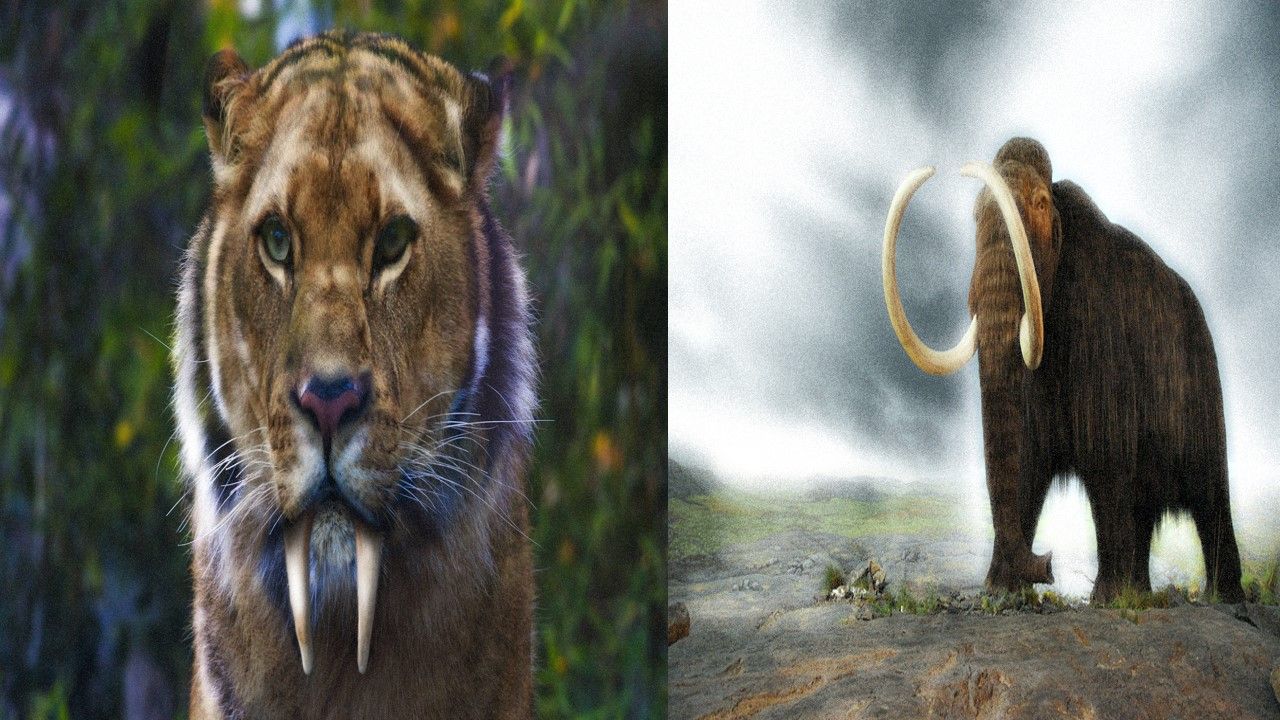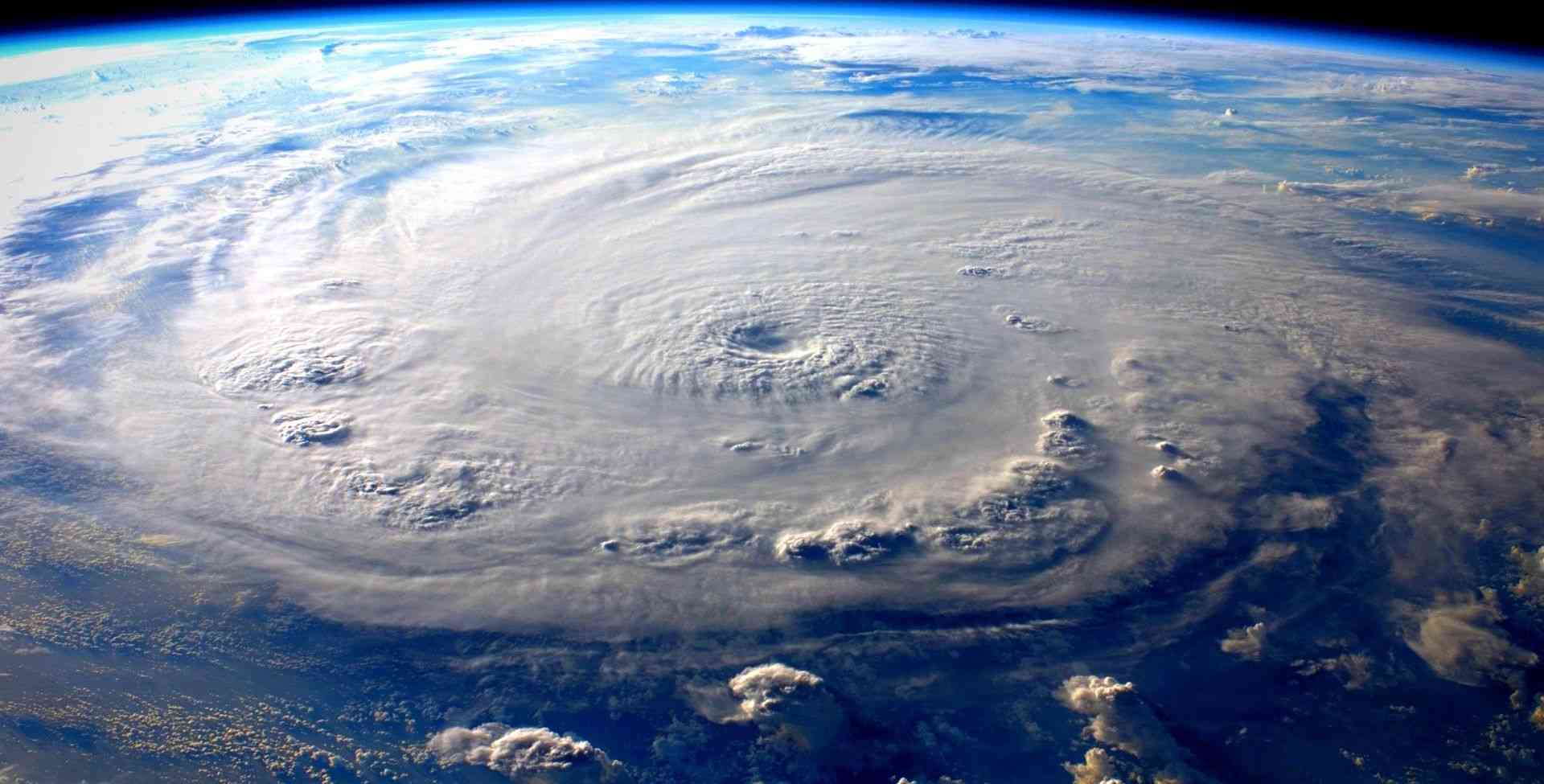Climate change is a major problem in the world. The temperature of the earth is gradually increasing, and warmth is rising. But millions of years ago our planet had a different environment. Ice was covering most of the earths crust and that time was called the Ice Age. The last ice age was eighteen thousand years ago. At that time, the whole continent of North America, Europe and Asia was covered with ice.
Due to the geography and climate change of the earth, ice age can last for millions of years. During this time, the earth's temperature drops so much that not only the land but also most of the oceans gets covered with ice. There have been many ice ages in the history of the earth. Notable among these are:
- Huronian Ice Age ( In 2.5 to 2.1 billion years )
- Cryogenian Ice Age (In 850 to 635 million years )
- Andean-Saharan Ice Age (In 460 to 430 million years )
- Karoo ice age ( In 360 to 260 million years )
- Quaternary Ice Age ( 2.58 million years ago )
Huronian Ice Age
The Vaalbara continent was divided within 2.8-2.7 billion years. The Vaalbara continent originated in the early Archean period. And this division created the new continent of Kenorland in 2.7 billion years. This ice age began in the first Shedrian epoch of the Paleoproterozoic period, which was 2.4 billion years ago. It was possible to trace this ice age samples collected from Lake Huron in North America. This is why the Ice Age was named the Huronian Ice Age.
Cyanobacteria were spread in the seawater 2.4 billion years ago. They started producing sugars (various types of sugars) from the body's chlorophyll with sunlight, water and carbon dioxide (CO2). As a result, for the first time, free oxygen from the organism began to circulate in the atmosphere. This oxygen reacted with iron to form iron oxide (Fe3O4) or magnetite, which accumulates on the ocean floor. This process gradually reduces carbon dioxide from the air. 2.4 billion years ago, the earth's temperature dropped so much that cold waves began to form all over the world, and eventually, the earth's water table froze and massive snow covered the earth's surface with ice.
Cryogenian Ice Age
In the first Neoproterozoic period, the ice age lasted until 635 million BC. During this time, the continent of Rodinia was broke up. Within this ice age, two inter-ice ages began.
Sturtian glaciation and Marinoan glaciation
Sturtian glaciation started 750 million years ago and ended 600 million years ago. Then the second glaciation began 650 million years ago, which ended 635 million years ago. In this ice age, the whole world was covered with ice. The earth turned into an ice ball. This is why the Earth at that time was sometimes called the Snowball Earth.
Andean-Saharan Ice Age
The third ice age of the world. This ice age began about 460 million years ago. And it ended 430 million years ago. This ice age occurred during the Ordovician period, according to the evolutionary division of the earth.

Karoo ice age
This ice age began 360 million years ago and ended 260 million years ago. Transparent specimens of this ice age were found in the Karoo region of South Africa. For this reason, this ice age is called the Karoo ice age. Judging by the geological chronology, the ice age ended at the end of the Paleozoic era or the beginning of the Mesozoic era. Samples of two inter-ice ages have been found within this ice age. These are the two inter-ice ages, Mississippian era and Pennsylvanian era.
Mississippian era was stated started 359 million years ago and ended 318 million years ago. During this time, the area from southern Africa to South America was covered with ice. The Pennsylvanian era was 316 million years ago and ended 299 million years ago. This time it was covered with ice from Australia to India. Samples of this ice sheet have not been found as it was found in the case of Antarctica.
Quaternary Ice Age
The fifth and last ice age in the world. At the beginning of the Pleistocene, around 2.58 million BC, In the first stages, the waters of the northern hemisphere adjacent to the poles were covered with ice. The invasion of the ice reached the equatorial region by the end of the intercontinental Gelasian period, that is, by 1.86 million BC. As a result, the northern ocean turned into a vast ice-area at that time.
Life in Ice Age

Although Homo sapiens began developing the brain to survive in a difficult situation of perpetually cold temperatures, many vertebrates, especially large mammals, also bravely endured the harsh climates of this time. In addition to the well-known woolly mammoths, saber-toothed cats and mastodons were on Earth during this period. Although many vertebrates died during this period, mammals lived on Earth in those years. Mammals had to compete with other animals for a limited supply of water, as a significant portion of it was frozen. Crocodiles, lizards, turtles, and other reptiles lived in the Pleistocene. It was challenging to find dense forests in many areas. Often pipes, cypress as well as some thick trees such as beech and oak.
Subscribe to Utopia Educators to receive regular updates.
References:
- https://ei.lehigh.edu/learners/cc/paleogeography/paleogeography5.html
- http://www.geo.uu.nl/Research/Paleomagnetism/publications/Zegers98b.pdf
- https://ucmp.berkeley.edu/bacteria/cyanointro.html
- https://newatlas.com/snowball-earth-sturtian-glaciation/48389/
- https://core.ac.uk/download/pdf/193070795.pdf
- https://www.ducksters.com/science/earth_science/ice_age.php
- https://enacademic.com/dic.nsf/enwiki/1924876
- https://www.livescience.com/43151-quaternary-period.html


